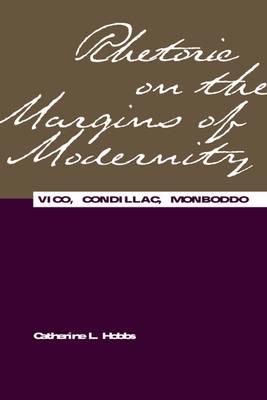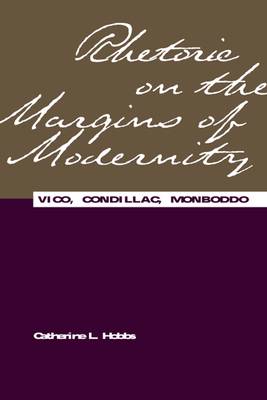
- Retrait gratuit dans votre magasin Club
- 7.000.000 titres dans notre catalogue
- Payer en toute sécurité
- Toujours un magasin près de chez vous
- Retrait gratuit dans votre magasin Club
- 7.000.0000 titres dans notre catalogue
- Payer en toute sécurité
- Toujours un magasin près de chez vous
Description
This text focuses primarily on the Neapolitan Giambattista Vico (1668-1744), the Frenchman Etienne de Condillac (1714-1780), and Lord Monboddo (1714-1780), whose work rhetoric and linguistics intertwine as they respond to emerging attitudes and values of science and philosophy in the 18th century.
Spécifications
Parties prenantes
- Auteur(s) :
- Editeur:
Contenu
- Nombre de pages :
- 192
- Collection :
Caractéristiques
- EAN:
- 9780809324699
- Date de parution :
- 29-10-02
- Format:
- Livre broché
- Poids :
- 320 g

Les avis
Nous publions uniquement les avis qui respectent les conditions requises. Consultez nos conditions pour les avis.






